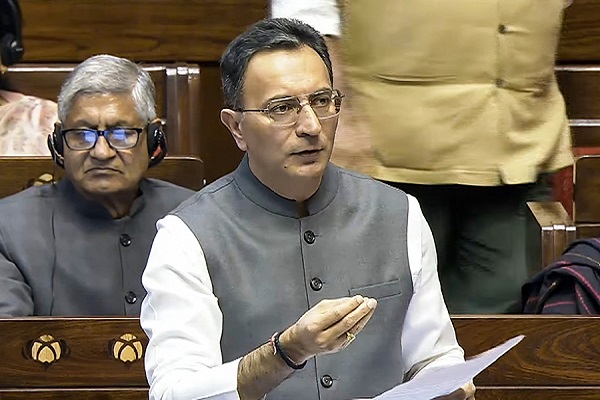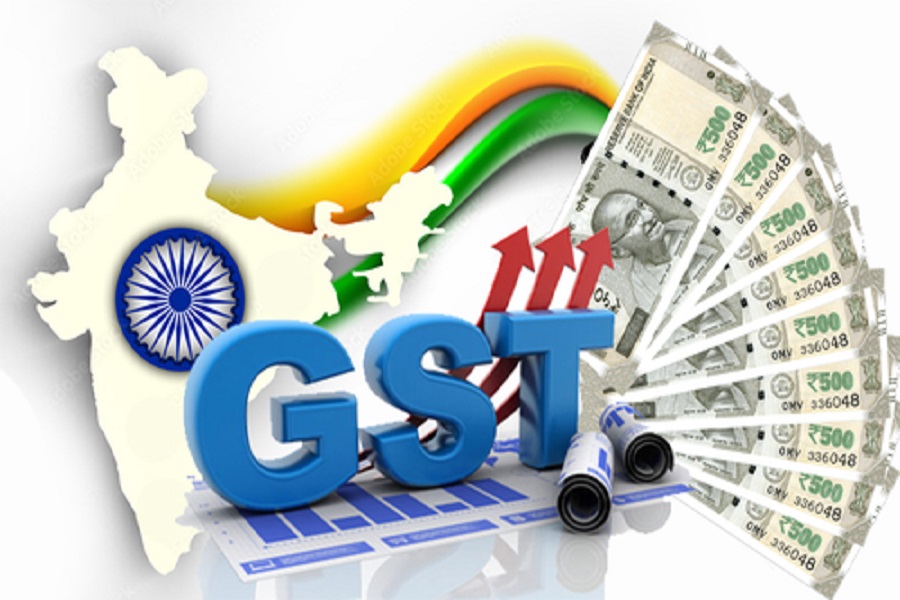The Housing Sector`s Corrected Expectations: A Realistic Outlook for the Budget

The housing sector in India is poised for growth, but the expectations for the upcoming Union Budget need to be grounded in reality. While the sector is hopeful for progressive policy interventions, a closer look reveals that a balanced approach, one that addresses both challenges and opportunities, is essential.
What the Sector Should Realistically Expect
* Moderate Enhancement in Tax Benefits: The call for higher tax deductions under Section 80C and Section 24(b) is certainly valid, but the government is unlikely to make drastic changes in this area. A small, incremental increase in tax exemptions for homebuyers may be feasible, but any significant change could have broader fiscal implications. Hence, a moderate increase in deductions for first-time homebuyers is the most realistic expectation.
* Sustainability and Green Housing Incentives: The housing sector’s shift toward sustainability is evident, but the introduction of major incentives for green buildings may be limited in the immediate future. Tax benefits for eco-friendly initiatives and certifications are more likely to be gradual, with incremental steps taken to support developers adopting sustainable construction practices. However, large-scale incentives will require a longer-term approach to ensure viability.
* Increased Funding for Affordable Housing: The government is expected to continue its focus on affordable housing projects. However, while more budget allocation can be expected for schemes like PMAY, the amount may not be as substantial as some stakeholders anticipate. Given the fiscal constraints, the government might focus on targeting specific regions or demographic groups rather than universal coverage.
* Moderate Incentives for Developers: Tax relief for developers is a commonly discussed demand, but the government may provide relief on a case-by-case basis, particularly for affordable housing projects. Large-scale tax exemptions across the board are unlikely. Developers should be prepared for focused incentives in select areas rather than a blanket approach.
* Interest Rate Subsidies: While home loan interest rates are a critical factor for buyers, any significant reduction or subsidy may not be feasible, as it would require substantial intervention from financial institutions. The government might, however, explore schemes that encourage lending to lower-income groups or offer targeted interest rate reductions for specific housing schemes, which may lead to modest increases in home loan affordability.
* Infrastructure Growth in Key Markets: While infrastructure development is crucial for housing expansion, the government is likely to focus on enhancing connectivity and basic infrastructure in Tier-1 cities and key Tier-2 markets. Large-scale infrastructure projects in lesser-developed regions will continue to be a priority but may not receive a significant budgetary boost in the upcoming budget.
Conclusion
The housing sector has great potential to contribute to India’s economic growth, but the expectations for the upcoming Union Budget need to be realistic. While the demand for increased tax breaks, affordable housing subsidies, and lower interest rates is valid, any significant fiscal changes are likely to be gradual. A balanced approach, with targeted interventions for specific segments of the market, will likely be the government's priority. This pragmatic stance will ensure that the housing sector remains on a growth trajectory while maintaining fiscal discipline.




















